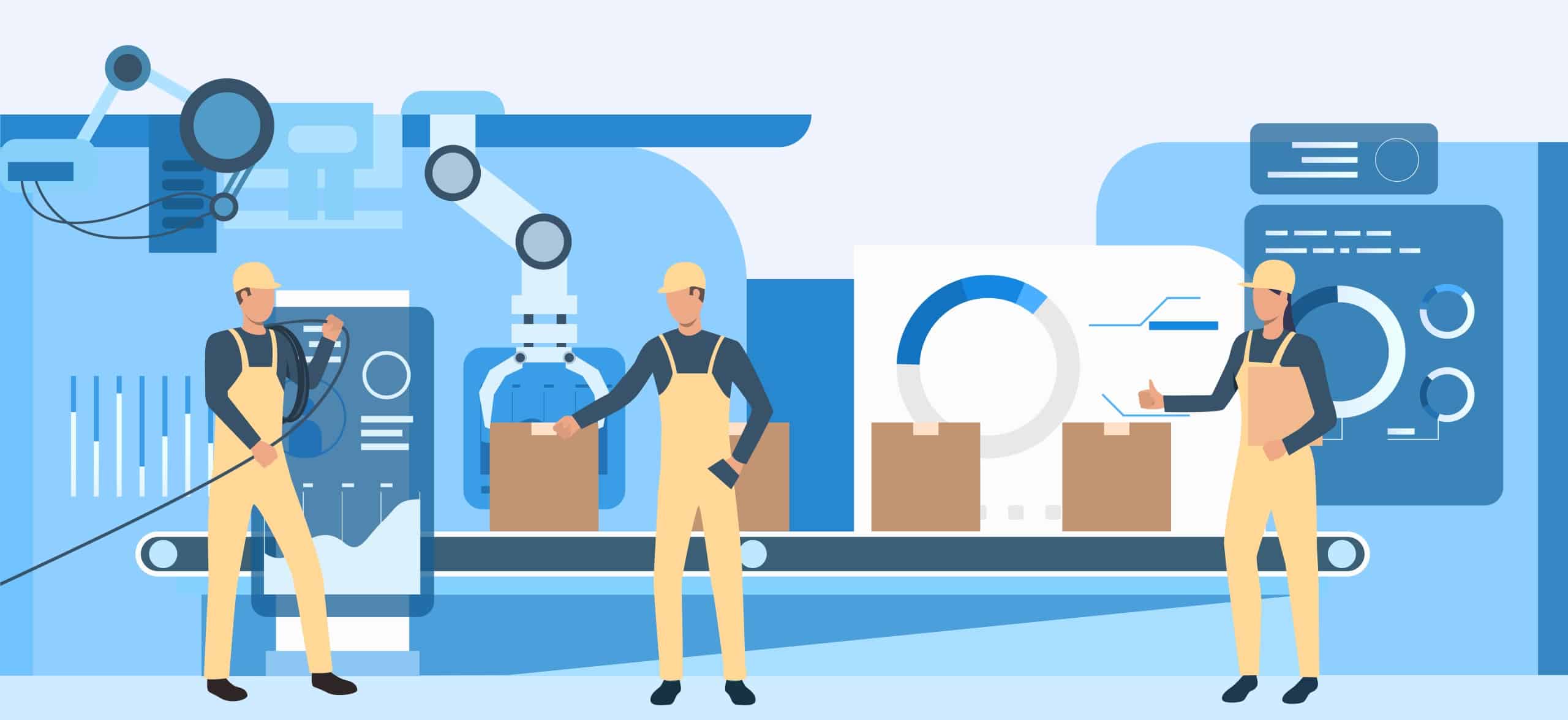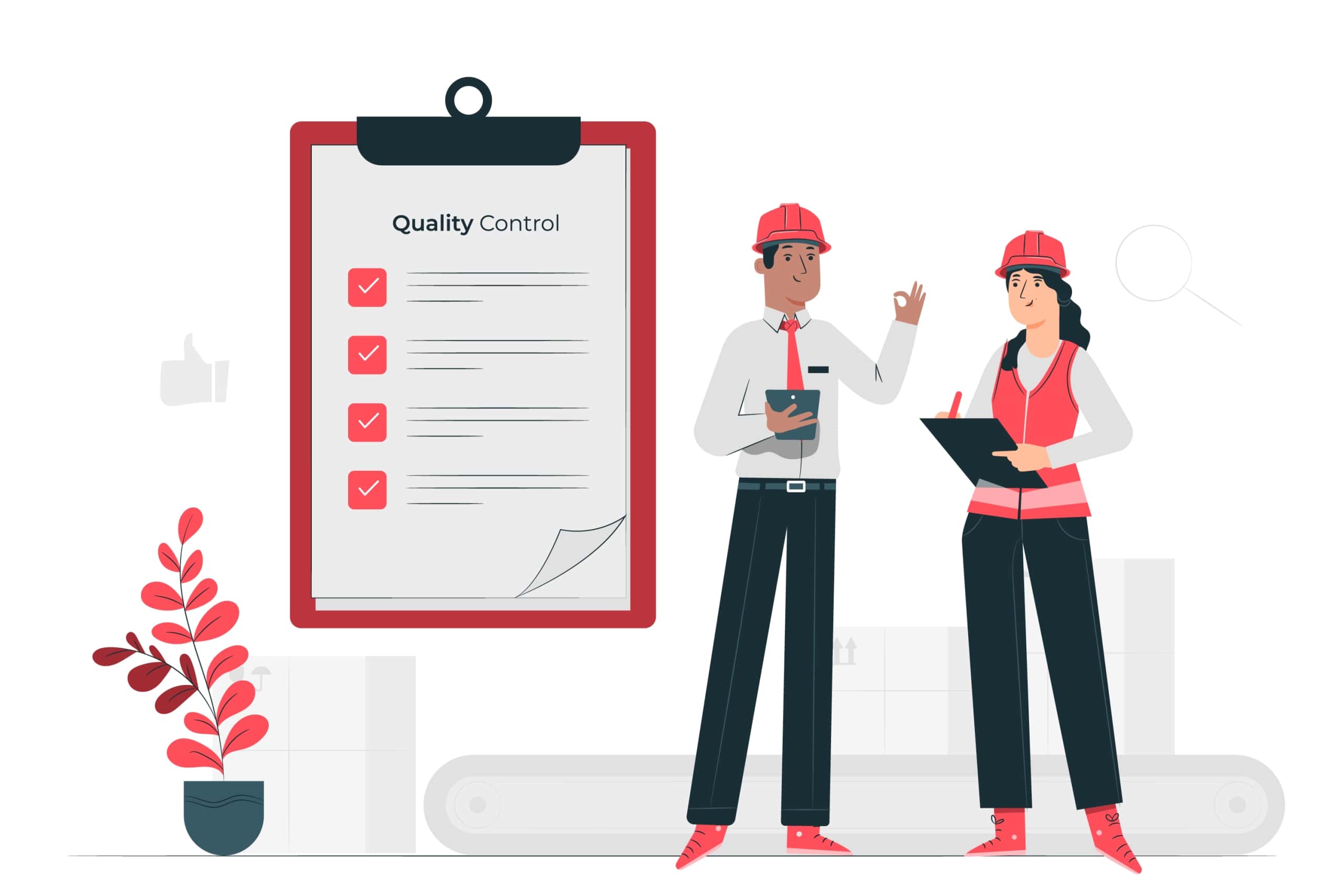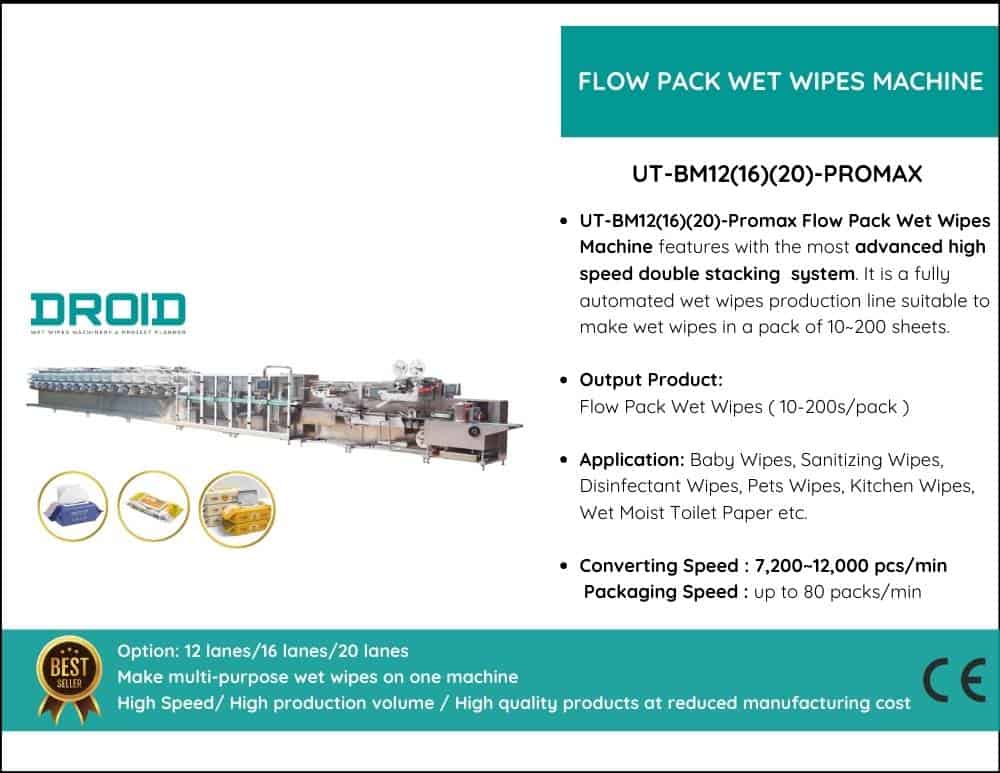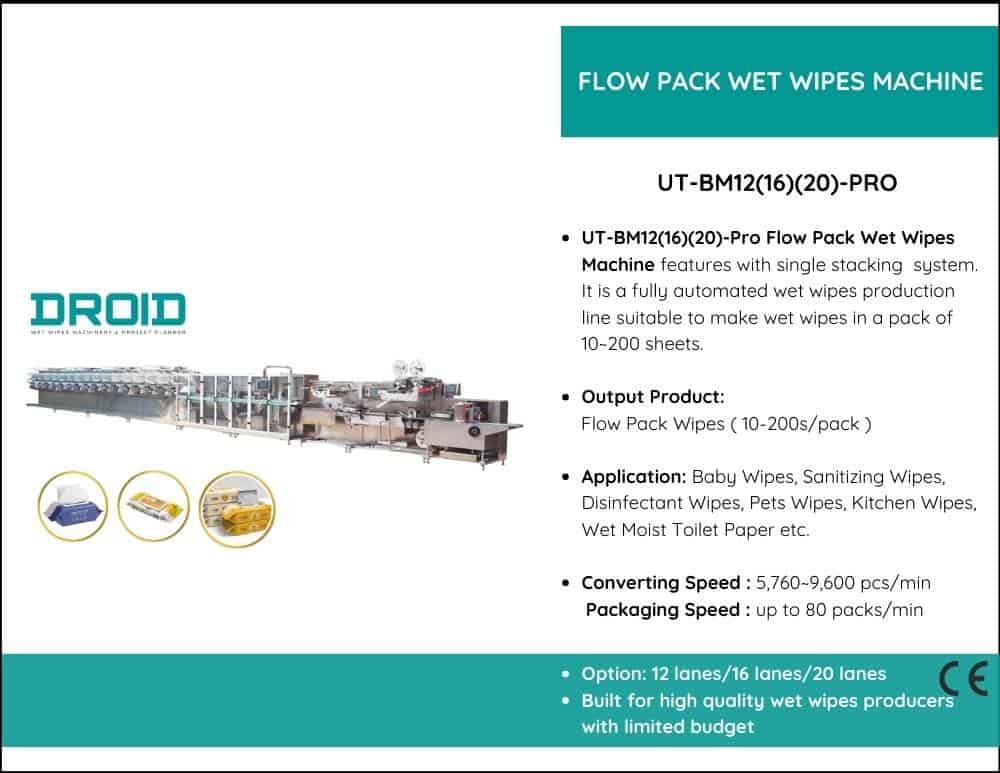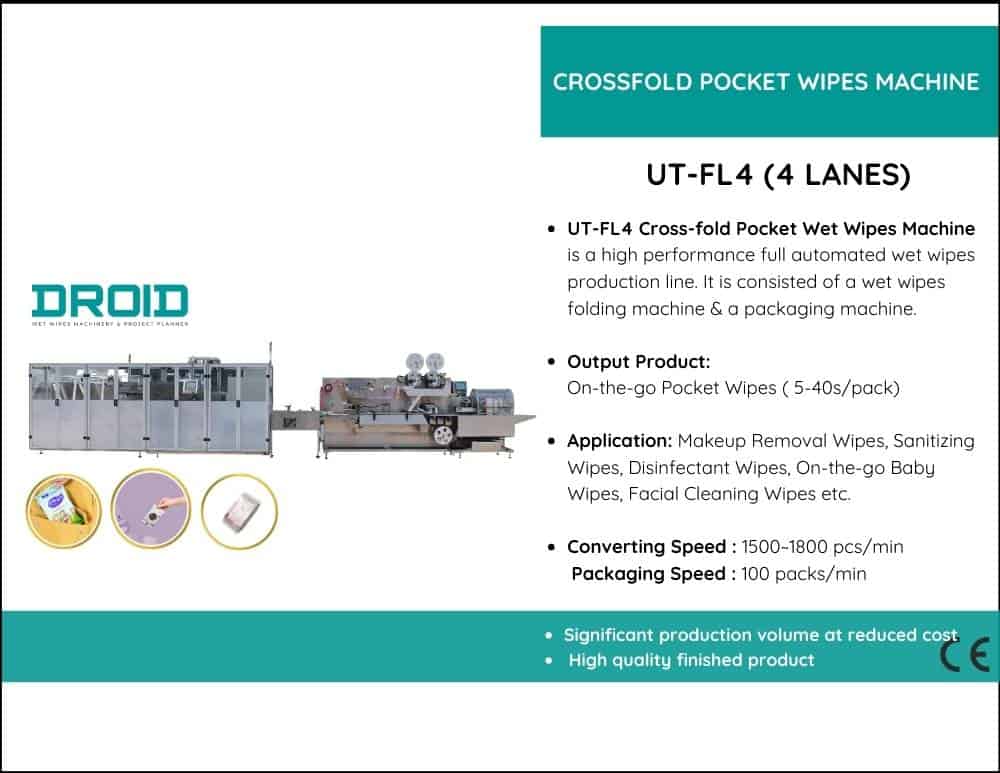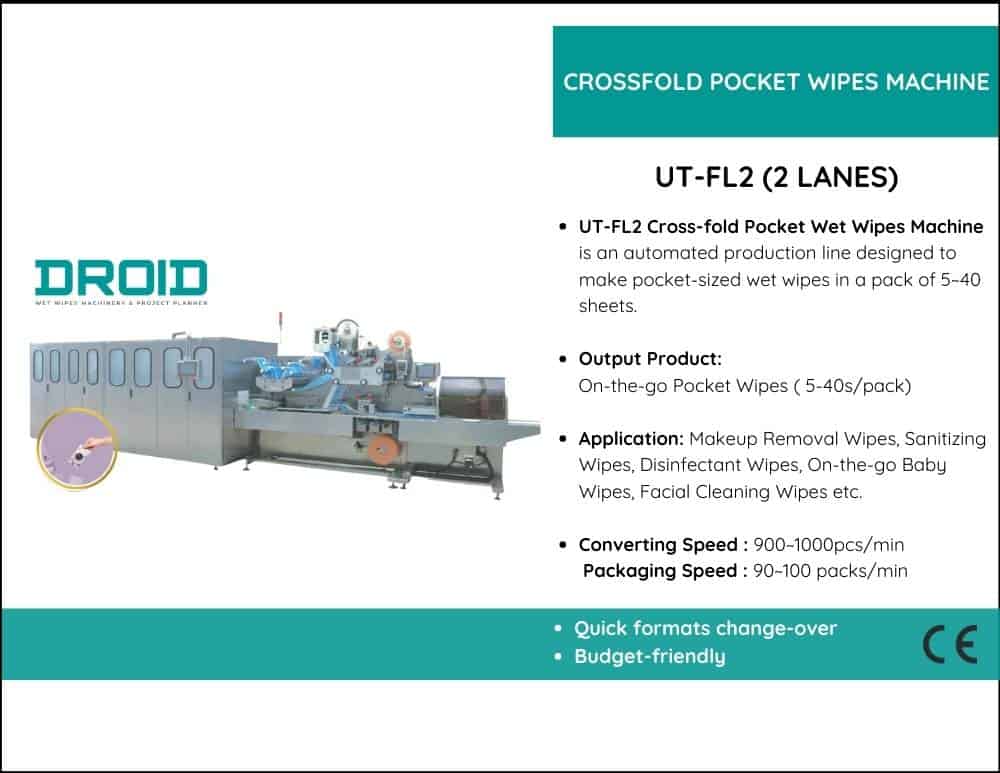How to Add Automation to Manual Wet Wipes Machines
Wet wipes manufacturers are continually seeking methods to enhance production efficiency and product quality in today’s competitive hygiene and personal care industry. One of the best ways to increase productivity, maintain quality, and save labor expenses is to automate manual wet wipes machines. As a leading manufacturer of wet wipe machines and production solutions, we understand the challenges associated with transitioning from manual to automated procedures. However, with the right strategy, you can update your business processes and enhance your brand’s market standing.
This article will guide you through the key advantages of automating manual wet wipe machines, provide practical guidance on implementing automation, and highlight crucial factors to consider for a successful and seamless upgrade. Wet wipes manufacturers can improve their operational dependability and profitability, in addition to meeting the growing market demand, by utilizing automation. Let’s examine how to produce wet wipes more efficiently, economically, and intelligently.




